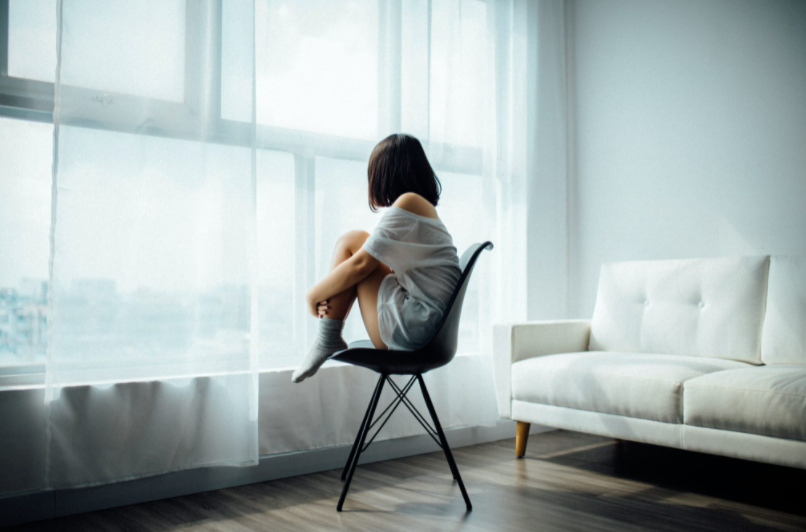Is depression concentrated in the brain? The model of “brain damage” or “chemical imbalance” is too simplistic.

As you can already assess, both the body and mind have multiple processes, which are factors in the development of depressive symptoms.
Depression is a common mental health condition all over the world and a major cause of disability in adults under 45 years of age.
Although stress and its related factors lead to many aspects of the phenomenology of depression, little is known about the underlying mechanism of depression.
Based on the new picture of how the nervous system regulates stress and emotion, we can understand depression as a complex response to extreme stress.
Exposure to chronic stress, whether physical or psychological, will have a cumulative impact on the body and mind.
The need for “modern” life, which requires us to keep busy under the promotion of caffeine and perfectionism, seems to have triggered chronic over activation of the sympathetic nervous system (SNS) and hypothalamic pituitary adrenal axis (HPAA).
As we have seen in anxiety articles, the long-term activated sympathetic response will eventually lead to the complete closure of the body mediated by the parasympathetic branch of the dorsal vagus nerve – leading to the symptoms of major depression (MDD): a) depression or loss of happiness (loss of pleasure) b) feeling guilty or worthless due to the negative interpretation of the immovable response conflicting with social needs.
c) Cognition slows down, further eroding self-confidence and self-worth.
d) Sleep changes, which increase the inflammatory effects in the brain.
e) Appetite changes, which may lead to the consumption of inflammatory foods and interfere with the regulation of the nervous system.
f) If the weight of self judgment becomes unbearable and followed by despair, suicidal thoughts may occur.
The continuous awakening of SNS/HPAA will have physiological and psychological consequences.
Psychosocial stress can activate peripheral and neuroinflammation, which is exaggerated in individuals with MDD.
Individuals with depression have high levels of proinflammatory cytokine circulation.
High levels of these cytokines are associated with fatigue, cognitive dysfunction and sleep changes.
With the activation of cytokines affecting the neural pathway of the basal ganglia, the symptoms of depression seem to appear.
The basal ganglia is an area of the brain involved in motivation and motor activities.
This may explain the low motivation and exercise inhibition associated with depression.
Other brain regions involved in emotion control, including PFC and components of the limbic system, are also affected by these inflammatory pathways, which led researchers to assume that stress hormones (corticotropin releasing hormone (CRH), adrenocorticotropic hormone (ACTH) and cortisol) are the main factors of depression.
Psychiatrists are experimenting with anti – inflammatory drugs in patients who do not respond to ordinary antidepressants – reportedly with great success.
Is depression concentrated in the brain? The model of “brain damage” or “chemical imbalance” is too simplistic.
As you can already assess, both the body and mind have multiple processes, which are factors in the development of depressive symptoms.
They involve multiple organ systems and various hormones and neurotransmitters.
However, emerging evidence suggests that circuits, including cortical and marginal regions that regulate emotion, learning and memory processes, have dysfunction.
Studies have shown that the symptoms of depression may be caused by the dysfunctional asymmetry between the left frontal lobe (which leads to a decline in positive emotions) and the right frontal lobe (which leads to emotional instability, difficulty in processing emotional information, and reduced arousal).
This is especially true for those who have experienced childhood abuse and developmental trauma, which can impair the normal development of these emotion regulation regions.
This development occurs in the binary interaction between the baby and the caregiver after birth.
One of the key personal factors affected by stress may be the extent to which the individual thinks the stress is significant and the extent to which the individual thinks she/he can control the situation.
Anything that helps individuals experience a sense of control over internal experiences and the outside world will help reduce depression.
In the words of InduArora, yoga is not a feel good exercise.
Yoga is a kind of practice that requires self-study, svadyaya and continuous practice of abhyasa, while cultivating the qualities of non judgment, self compassion and compassion.
The bad news is that there is no quick fix (required by the “quick results” culture).
The good news is that through Santosha’s mediation efforts or satisfaction with the patient’s improvement, cure is possible.
We first reduce the stress response that ultimately leads to depression.
Therefore, in addition to the outline of the eight branches outlined in the anxiety part of this three part article series, the following considerations should also be considered for people with depression: 1.
Objective: to establish an observer, an ability to witness and deconstruct phenomenological experience, rather than identify with it.
Gradually increase sympathetic excitement through exercise and deeper inspiration.
The ability to tolerate the potential “pain” of higher arousal states by switching frequently between exercise and rest phases – this will cause the natural rhythm of the nervous system.
2.
Attitude: Support the motivation of practice by emphasizing the mastery of basic aspects of yoga.
Promote continuity of work by providing simpler, step-by-step practices that provide an experience of gradual change.
3.
Strategy: Start slowly and gradually increase activities to break the inertia.
Brahman exercises that emphasize dynamic movement and respiratory coordination are mainly used.
Start with a supine position and gradually move into a more energetic position, then slowly turn to a standing or balance position..

